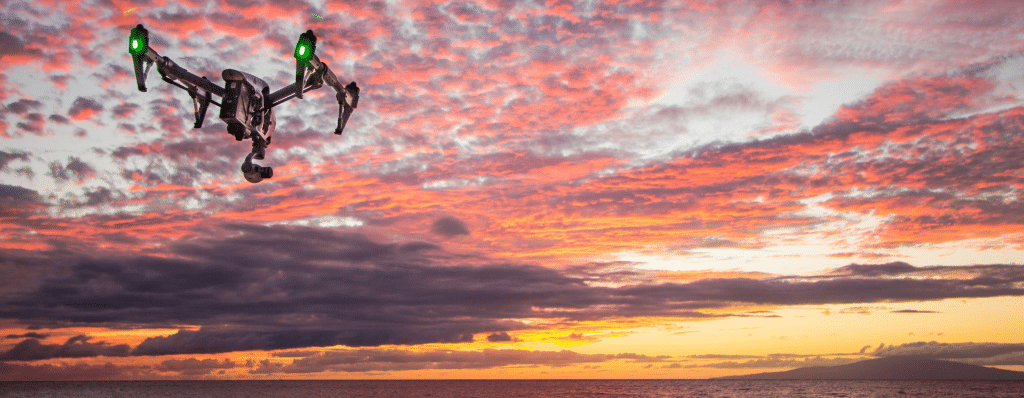
3-best methods to gather on-site field data
Drone’s are already used in on-site field data collection
The discussion about data seems to concentrate very much on “big data”. This is understandable as businesses are facing issues on how to make use of large amounts of automatically available digital data. But let’s take a look at the part of the world that is not yet connected. How to bring our surroundings to a format that can be shared, visualized and analyzed? How to collect on-site field data?
There is the environment, infrastructure, physical products and billions of people that are not connected online. Infrastructure like buildings, bridges, and pipes are not updating a database when they get older and erosion appears.
Consumer product companies can’t see the low pageview data from Google analytics regarding the latest retail campaign where the shopkeeper did not properly place your products on the shelves.
Doctors cannot see how a disease is spreading in a rural village in India.
All this data is out there waiting to be gathered, shared and analyzed. The value of this data is huge for companies, but the old school methods slow down the process and make sharing, validating and analyzing difficult. The harsh truth is that most of the data collection happens with paper forms. If a bridge is collapsing, a product badly placed on a shelve or a village in need of immediate medical attention how is this data going to reach the decision-makers in time.
We have seen data gathering and action planning processes cut from over a year’s time period to less than a week. Time is not the only problem though. If somebody filled up a paper checklist halfway around the world six months ago, without images or GPS location how can you validate the data to be correct or give feedback?
Where the Internet is available and labor expensive the main issue is efficiency. Engineers should not be filling up papers in the morning and key the same data into a computer in the afternoon.
Tackling these challenges there are effective solutions that will bring on-site field data to digital form fast and reliably.
To gather on-site field data efficiently there are three major hardware possibilities.
1. Mobile devices
The most applied method today for all use cases is mobile device based data collection. Mobile devices are globally accessible for more than half of the population and there’s Internet access for slightly less than half. In most cases, mobile data collection requires no hardware investments. Why not to use the devices employees already have to gather and share the data around them.
2. Censors
Internet of things and the sensors that come with it is another major opportunity and already applicable for many industries. At the moment use cases are usually with expensive hardware that needs to produce data continuously. Censors require investments in hardware, maintenance, and software but are not currently applicable to many cases where human inspection is needed to create an overall picture. Building a sensor infrastructure for a company is a major investment, but already the standard method for example in the weather forecasting industry.
3. Drones
Drones are another growing market in data collection and are already used for example in military, forestry, energy and mining industries. Data gathering possibilities are still often limited to images, video, and GPS. Drones require hardware investments or as in most cases, projects may be outsourced entirely. Drones certainly have their own advantage when data is gathered from a large geographical outdoor area or a hard to reach area.
A major difference between mobile device based data collection and the two others is that mobile devices require humans at the site. This comes with labor costs but is efficiently applied to current evaluation, audit, reporting and inspection processes where the devices replace paper and avoid the use of specialized data collection devices. With solutions like Poimapper, you can involve whole field teams fast, form user groups, validate data, follow status, create reports and analyze data in real-time.
Mobile data collection is already in extensive use in consumer research, but as a way for companies to collect data about their own work and monitor their field assets, it’s still underutilized. To bring images, specs, details and status updates from the field available to everyone in real-time, mobile devices could be definitely used more.
You can read more about like this, click here!